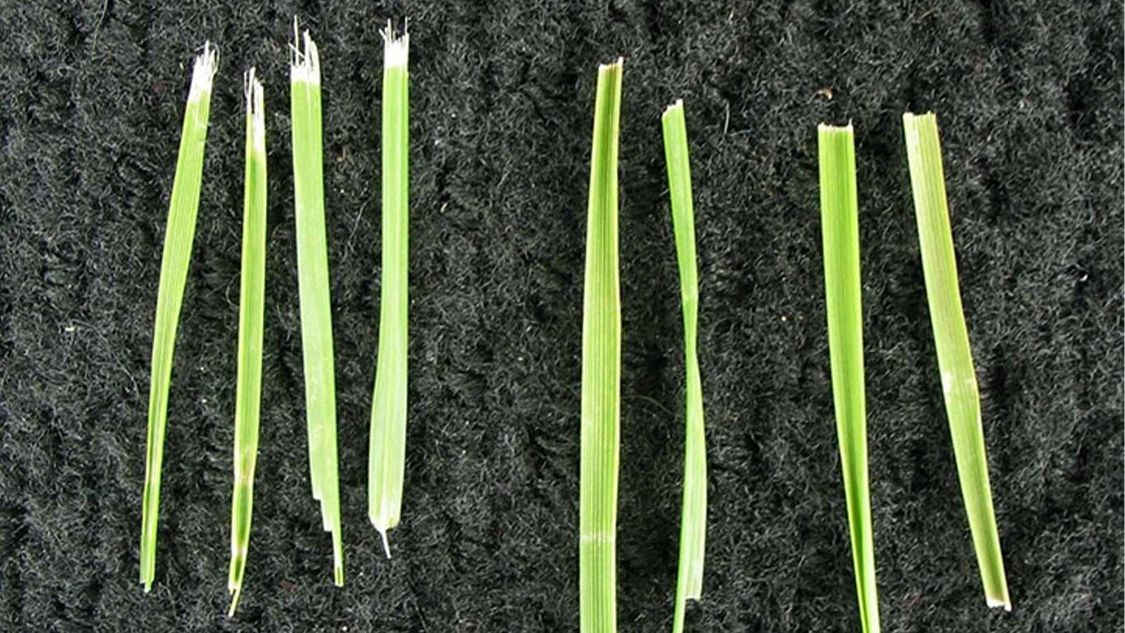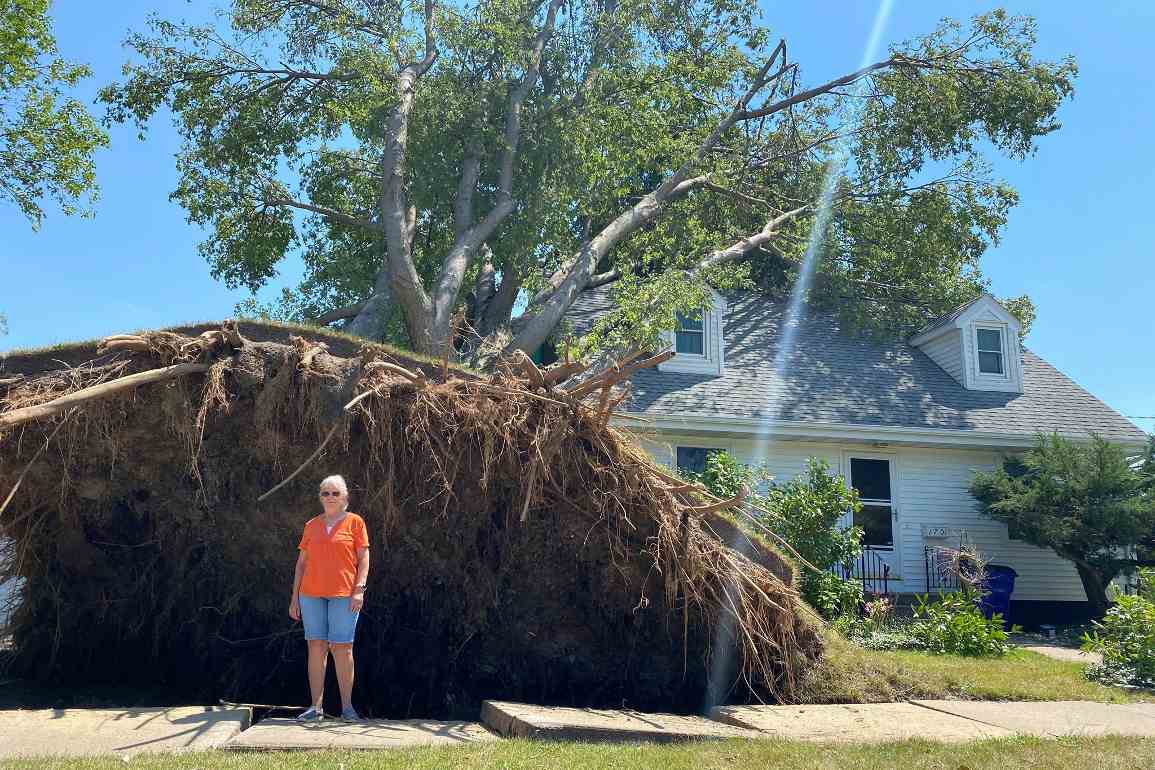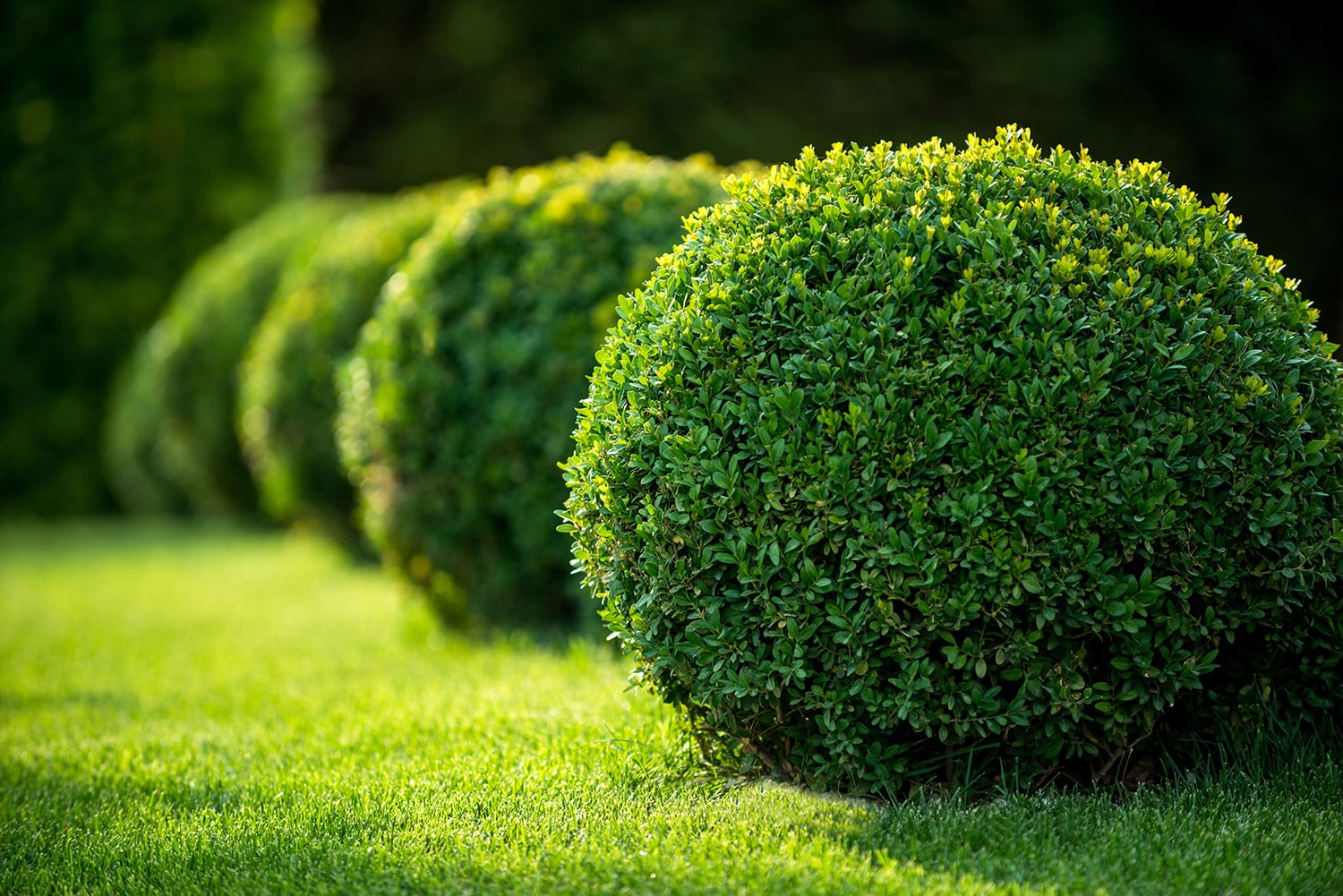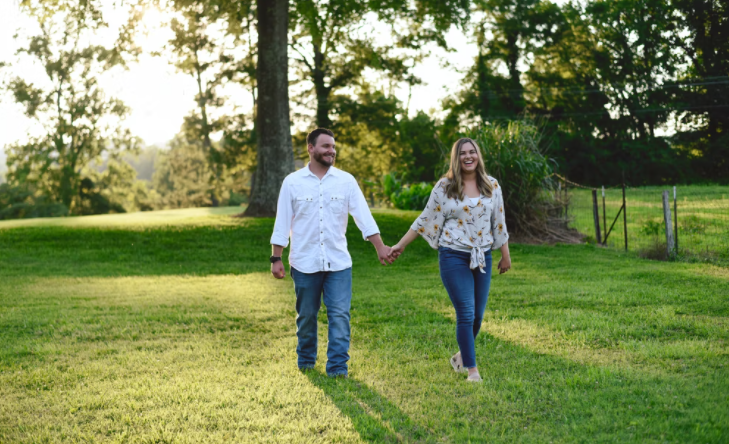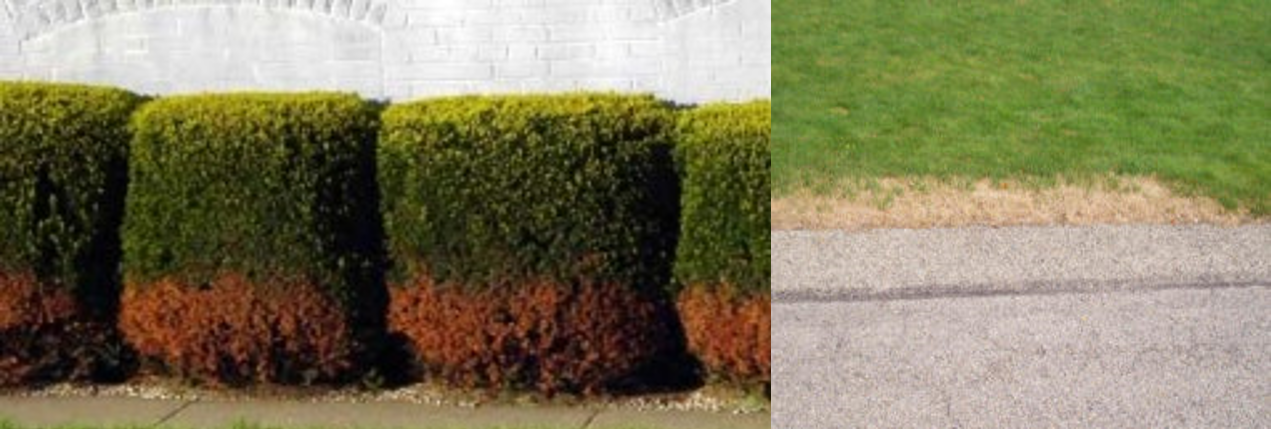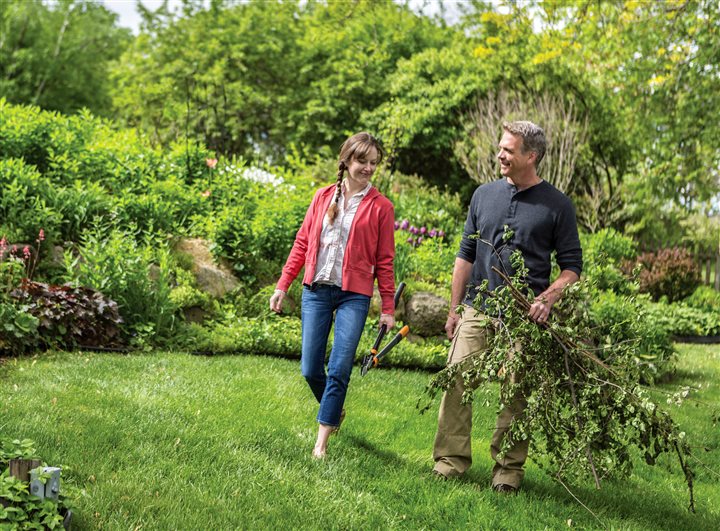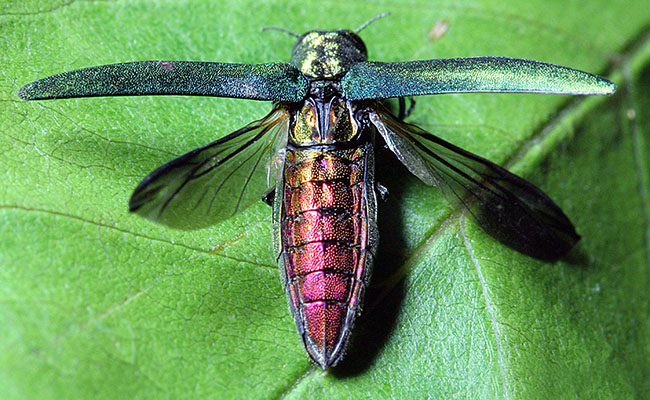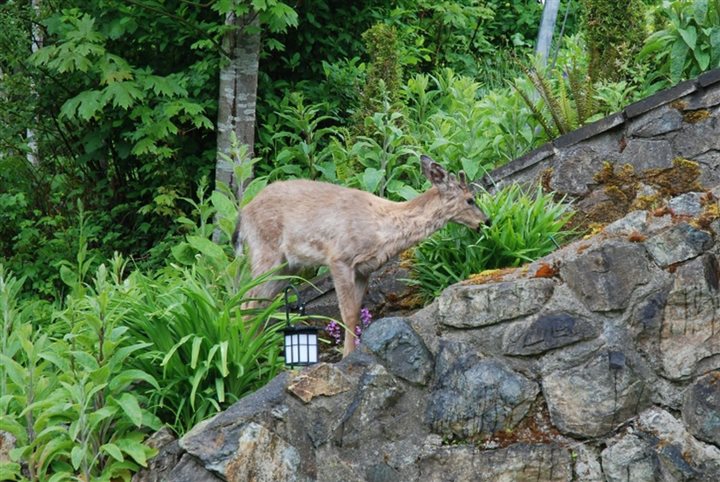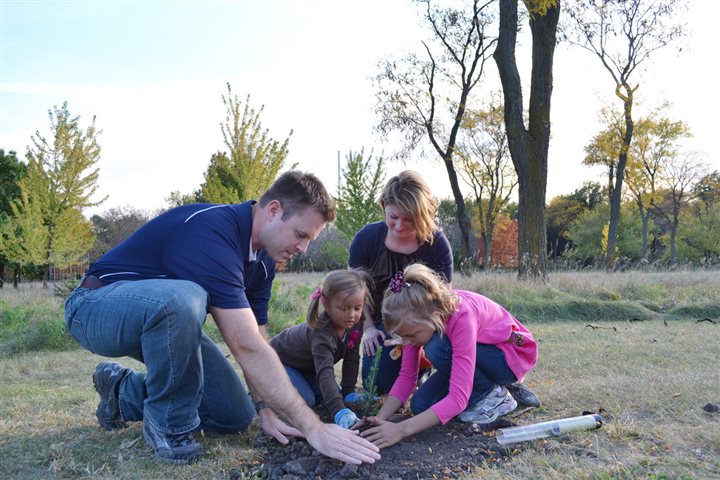Over the last few years, we’ve learned just how challenging it can be to maintain a green and lush lawn & landscape during a drought. Scorching temperatures and dry soil can take a toll on your plants and grass. But don’t despair, there are some tips and tricks you can use to keep your Cedar Rapids & Iowa City properties looking great even in the driest conditions. Here are some of them:
Proper Lawn Mowing Routines
We always recommend raising your mowing height in the summer months. As we found out in the spring of 2023, it may be necessary to do this as a response to turf conditions. Mowing & edging your lawn too short or waiting too long between mowing can have several detrimental effects. Every time the plant is mowed, moisture is removed. Not only is the plant itself mostly made of water, but the open wounds from mowing will result in a loss of moisture. Furthermore, moisture is required to help “build” the leaf tissue that is grown to replace what has been lost. Mowing too short, removing more than 1/3 of the plant, will thin out the canopy of grass leaves and allow more sunlight to filter through to the soil. That will dry the soil faster and open up avenues for weeds to come in. The single thing that a homeowner can do that is hardest on the lawn is to mow too short. Doing this in the midst of a drought can set a lawn back months. Aim for a height of 3 to 4 inches, and in the heat of summer/in drought conditions, set your mower on the highest setting possible. It’s also very important to make sure your mower’s blades are sharp. A sharp blade will cut through grass cleanly, leaving a wound that will heal quickly. A dull mower blade tears and shreds the plant, creating a large wound that will take longer to heal. Also, the increased surface area of the cuts (as shown on the left), will result in more moisture leaving the plant.

Don’t Skip Your Lawn Care Treatments!
There is a widespread notion that applying fertilizer when it’s hot will “burn up” the plant. That is simply not true. A regular application on the hottest summer day, even on dormant turf, will not have any negative affect on your lawn. Fertilizer only is a negative if it’s misapplied; a spill that doesn’t get cleaned up or sufficiently diluted, or a liquid fertilizer that is allowed to get too hot and it turns into acid. Simply put, something has to go very wrong for fertilizer to burn the turf, and in those instances, no weather conditions would save the plant.
Lawn fertilizer does more than help grass grow. Essential nutrients are supplied that help maintain as healthy a plant as possible. Elements like potassium, phosphorus, calcium and sulfur are vital to the plant’s ability to withstand stress, fight off disease, grow strong roots, or make sure the most necessary functions at the cellular level are operating as efficiently as possible. Plants use water, sunlight and nutrients at all times, except for during deep winter dormancy. Having a reserve of essential nutrients in the soil is necessary for plants to function when conditions are great for growing. Drought dormancy is very hard on plants, and the things that are needed for plants to grow in good conditions are needed even more to help plants recover should they slip into dormancy. Having a reserve of nutrients for turf roots to feed on is absolutely necessary for your lawn to fully recover from drought. It’s never a good idea to starve your plants!
Rainfall or irrigation is necessary to “activate” nutrients in the soil. A common request we’ll receive is to wait for rain to complete the next application. It is much better to complete the application when it’s dry and wait for rainfall, than to wait and complete it after it rains. We are never certain when the next rain event will happen, and fertilizer doesn’t disappear if it isn’t watered in. The products we use are coated for a controlled release, ensuring that the product will stay in place and release slowly over time. This gives the plant a slow feeding that lasts for several weeks and helps to maintain a rich, green color.
Water Your Lawn Wisely
When you water your lawn and landscape, make sure you do it efficiently and effectively. The best time to water is early in the morning or late in the evening, when the sun is not too strong, and evaporation is minimal. Water deeply and infrequently, rather than shallowly and often, to encourage deep root growth and drought tolerance. If you’re watering landscape plants, set up a drip irrigation system or use a hose on a soaker setting to deliver water directly to the roots, rather than a sprinkler that wastes water on the leaves and pavement. Watering the foliage of landscaping plants or trees in the hot/humid stretches of summer can encourage disease development.
Mulch or Rock Your Landscape Beds
Mulching is a great way to conserve moisture, prevent weeds, and protect the roots of your plants from extreme temperatures. It’s best to use organic materials such as wood chips, straw, leaves, or grass clippings. Synthetic mulches made out of plastic or rubber are also available and can provide many of the same benefits, but they are costly, don’t break down to become organic matter, and can’t be tilled into the soil. Rock is frequently used in landscaping beds and does a good job suppressing weeds as long as a quality barrier is in place under the rock. Like mulch, a rock layer can also prevent moisture loss from the soil. However, rock can become very hot and can damage plants that are more sensitive to heat. Rock will reflect heat that can cause wilting to foliage and heat stress that wouldn’t occur with a wood mulch. A sound strategy that combines the look of rock with the benefits of mulch is to have a ring of mulch around the base of the plant, while the rest of the bed is covered in rock. When mulching, apply a layer of 2 to 4 inches of mulch around your plants, leaving some space around the stems to avoid rotting.
Consider Tall Fescue Grass for Your Lawn
Tall fescue is something that we’ve spent a lot of time talking about, and for good reason. It’s known for its deep root system, which allows it to withstand drought conditions better than many other grass types. By considering tall fescue for your lawn, you can take a proactive step towards drought management. Its resilience and ability to maintain green color even in dry spells make it a valuable addition to any lawn.
Drought management is expected to be a necessary skill moving forward! By incorporating tall fescue and implementing these tips, you can keep your lawn and landscape healthy and vibrant even in the face of drought challenges.

